Taste description of Costa Rican Red Honey treated Coffee beans introduction to the characteristics of Costa Rican Lajas Coffee
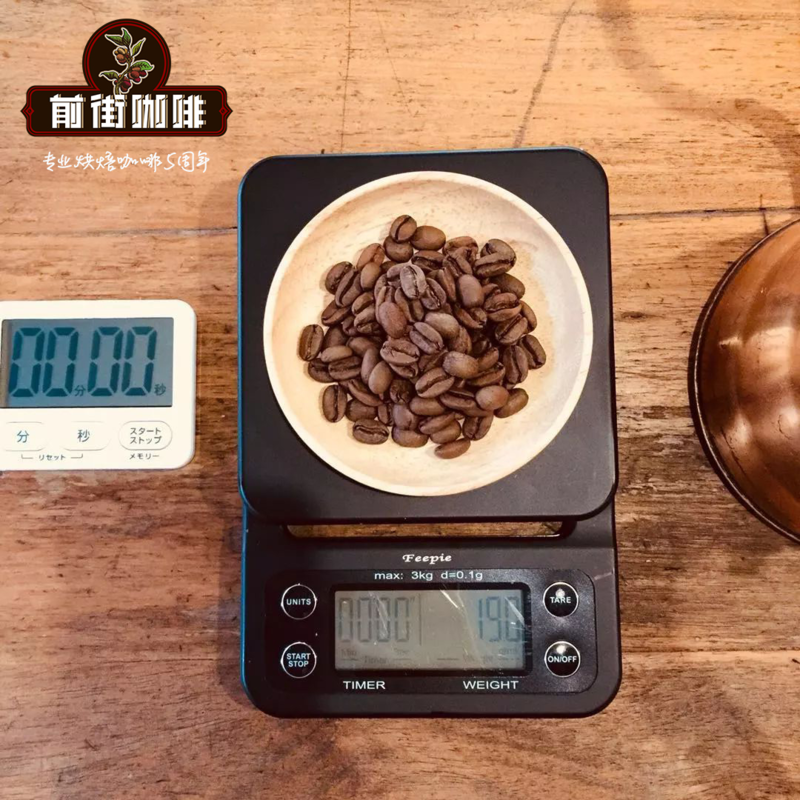
Professional coffee knowledge exchange more coffee bean information please follow the coffee workshop (Wechat official account cafe_style)
The honey treatment in Costa Rica is a kind of yearning that can not be given up in the front street. There is black honey in the front street. What I want to talk about today is a red honey. This red honey comes from the Central Valley and is one of the famous boutique coffee producing areas in Costa rica. it is treated with red honey from the estate of Las Halas. This manor is a very famous coffee farm in the world. every year, many raw bean merchants introduce their coffee. Superior conditions and exquisite treatment make this red honey sweet and sour, but the fruit aroma is obvious. It also has a chocolate-like sticky taste, so Qianjie chose this bean!
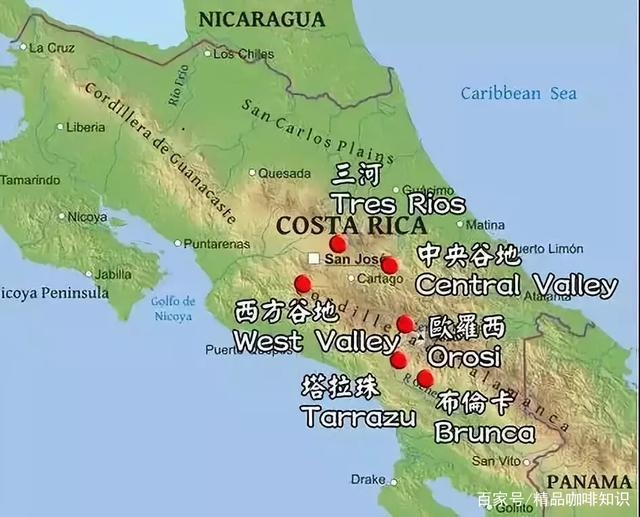
Costa Rica is the country where coffee was first introduced into Central America. Because it is located in the isthmus of Central America, the volcanic soil is very fertile, the drainage is good, and the climate is suitable, so the high-quality coffee beans are all Arabica species, and the beans are green and large particles as a whole, so the quality of coffee basically belongs to superior coffee, and it is one of the most valued coffee growing places in the country. The overall flavor of Costa Rican coffee is balanced and mild, with good acidity, aroma and thick taste.
The Central Valley is one of the more famous producing areas in Costa Rica. Costa Rica has seven major coffee producing areas, namely: the Turialva Valley, the Central Valley, the Western Valley, the three Rivers region, Brenka, Orosi and Tarasu. The producing area of the Central Valley is 1200-1600 meters above sea level. From November to March, this producing area has three sub-producing areas, namely, San Jose, Eredia and Alajuela. The Central Valley is also the first area of Costa Rica to grow coffee, which is rich in volcanic soil. The coffee in this area is often bright and sour, full of aroma, and sometimes with chocolate aromas.
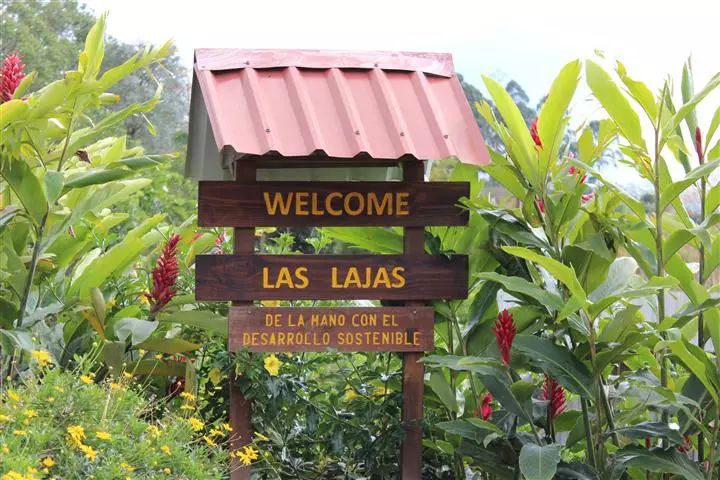
Las Halas Manor
Las Haras Manor is located in the Central Valley producing area (Central Valley) not far from the capital, quite close to the Poas Volcano volcano, at an altitude of 1250-1500 meters, with an annual output of about 55200 kg.
The estate, currently run by third-generation owner Francisca Cubillo and his wife Oscar, is one of the first estates to be systematically studied and processed, and has been a favorite coffee farm for global buyers for many years.
In the treatment of Las Haras Manor, the manor owner divides honey-treated coffee and sun-treated coffee into a variety of different items by flavor expression. As far as honey treatment is concerned, Las Haras Manor decided to adopt another way, that is, to retain the highest proportion of 100% pulp and control the time of exposure and flipping on the African scaffolding to show different coffee flavor performance. In the honey treatment, the manor owner divided the coffee into yellow honey, red honey and black honey.
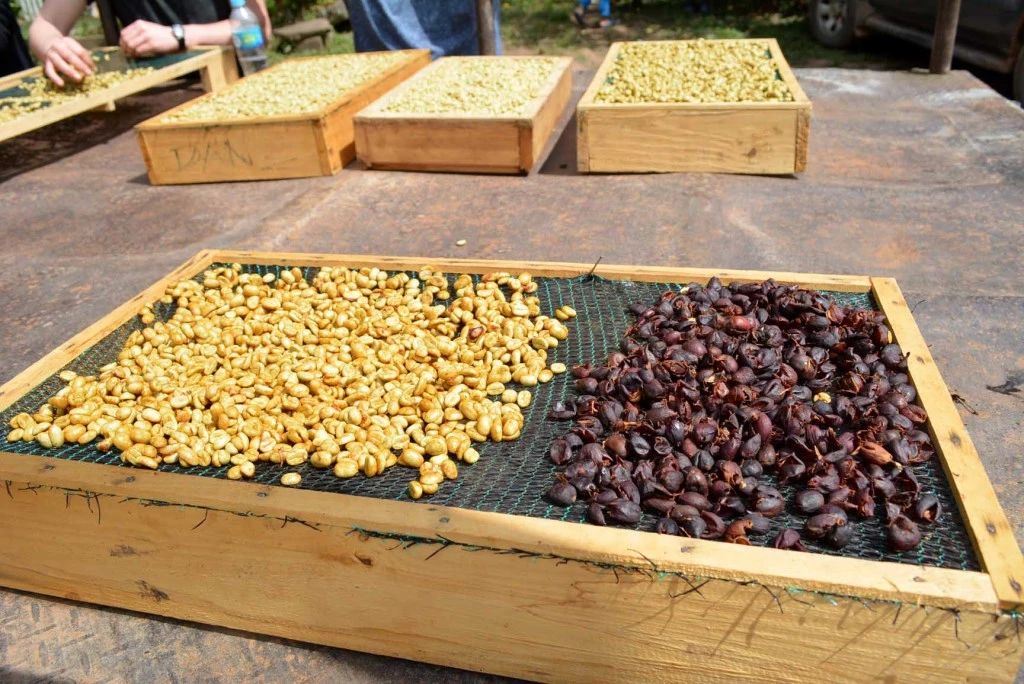
Honey treatment is the process of making raw beans with mucous membrane after the peel is removed and dried in the sun.
Yellow honey: remove 40% pectin and receive maximum light drying for about 8 days.
Red honey: remove 25% pectin (the specific methods of each manor vary), the sun lasts for about 12 days, and shading sheds may also be used in the process.
Black honey: hardly removes pectin, so it takes the longest time to dry and lasts for more than 14 days. In order to avoid drying too fast, cover will be used to block too strong sunlight to make sugar conversion more fully.
The varieties of red honey beans are Kaddura and Kaduai, which are common in American beans.
Caturra is a natural variety of bourbon, an artificial hybrid of Kaddura and Mondu Novo, both of which often have bright, soft acidity and perform well in sweetness.
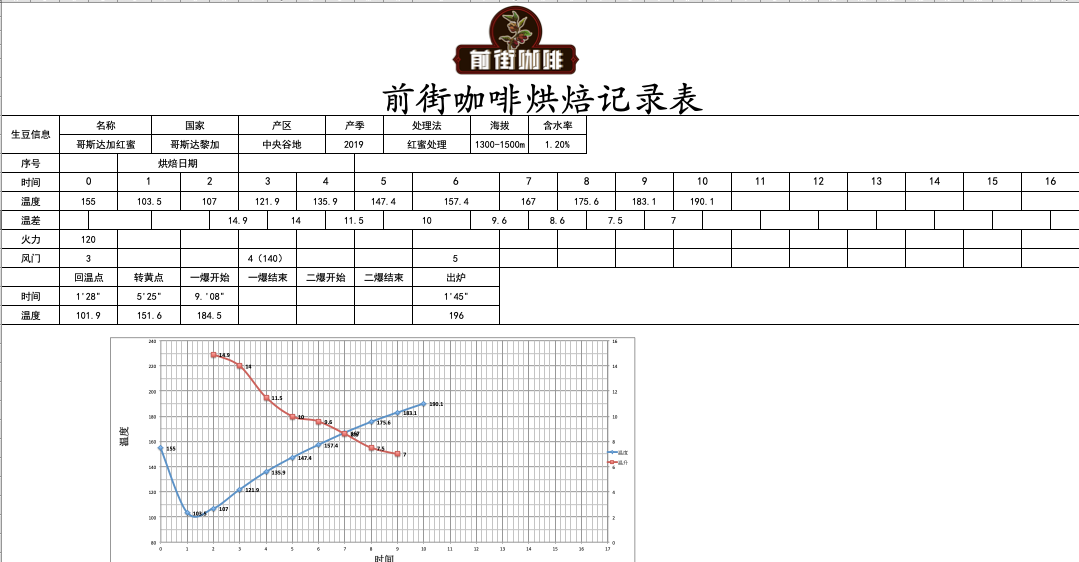
Baking curve
When this bean is baked, we choose a relatively low temperature to run the curve in a fast baking way, and set the baking degree to medium baking to show the solid and sticky taste of honey treatment. Furnace temperature 155℃ into the pot, firepower 120,3 throttle opening, temperature recovery point 1: 28 ", furnace temperature 140℃ will open the throttle to 4. The smell of toasted bread has obviously changed to the smell of coffee, which can be defined as a prelude to an explosion. At this time, it is necessary to listen carefully to the sound of the explosion point, and the throttle will open to 5, and the development after the explosion will be 1x 45 ", and 196 ℃ will be put into the pot.
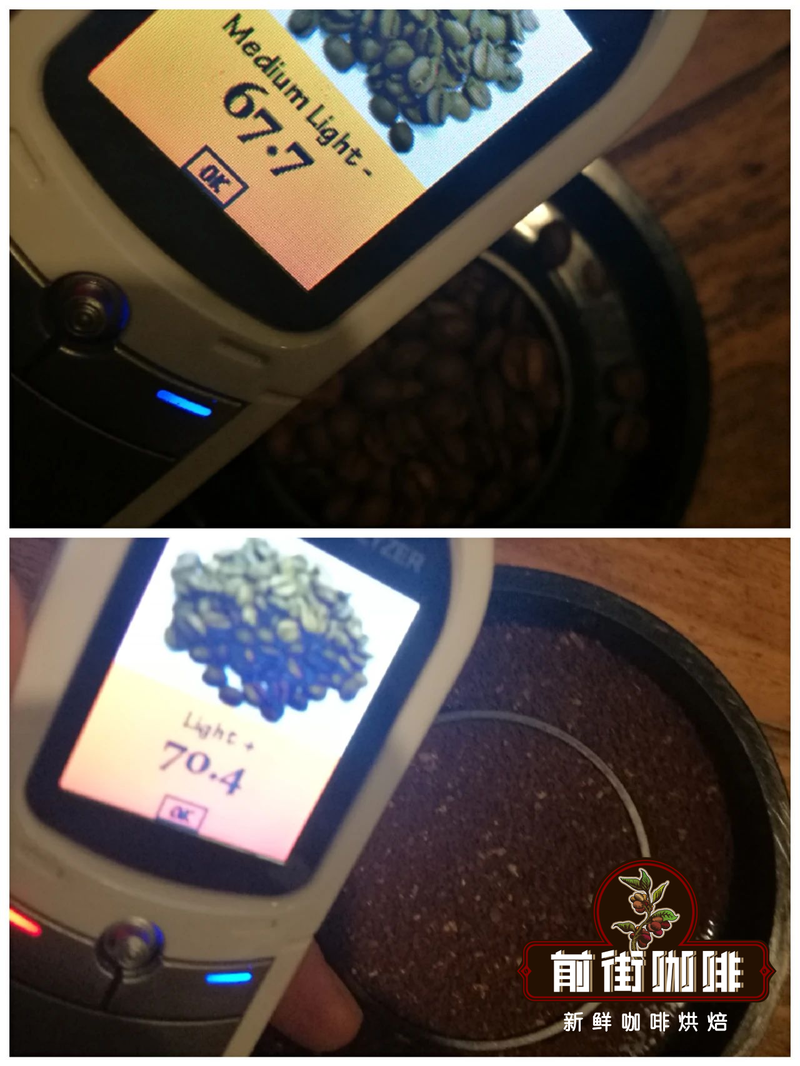
The Agrton bean color value is 67.7 (above), the Agrton pink value is 70.4 (bottom), and the Roast Delta value is 2.7.
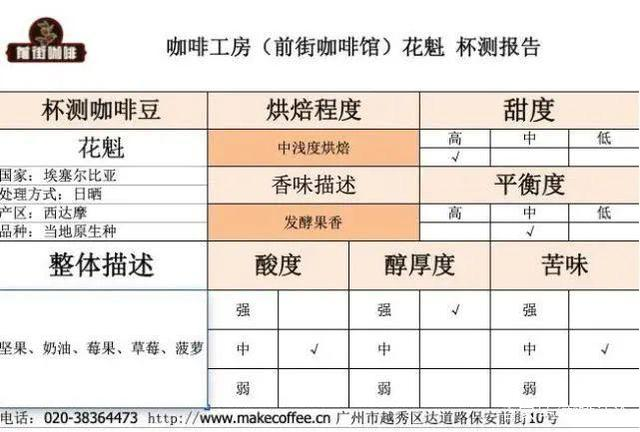
Cup test flavor: chocolate and caramel are sipped when hot, nectarines are sipped under temperature changes, and green grapes are sour.
Red honey of La Halas Manor in Costa Rica
Producing area: central valley
Altitude: 1300-1500m
Treatment: red honey treatment
Grade: SHB
Variety: Kaddura, Kaduai
Costa Rica Las Halas Manor Red Honey Cooking
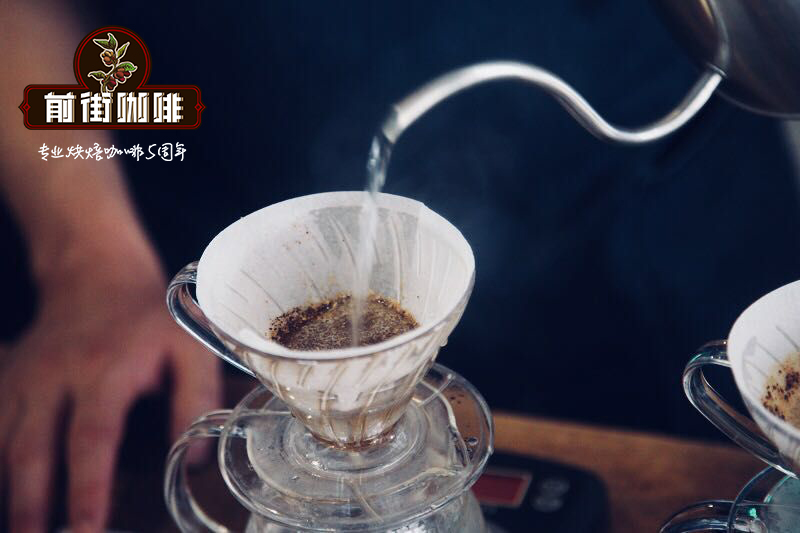
Recommended cooking method: hand flushing
Filter cup: Hario V60
Water temperature: 90 ℃
Powder / water ratio: 1:15
Degree of grinding: BG 6S (pass rate of Chinese standard No. 20 screen is 80%)
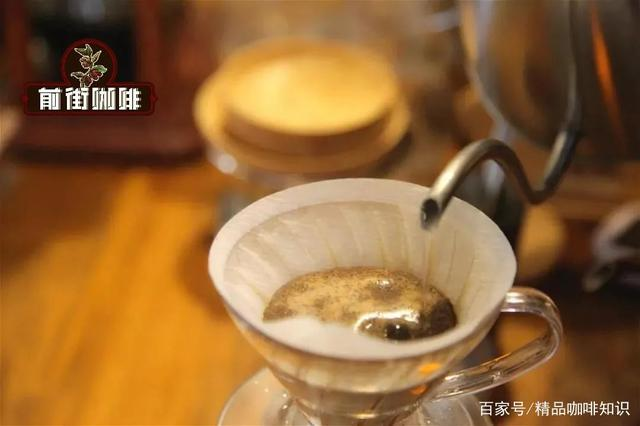
Cooking technique: step-by-step extraction
The first stage is injected with 30 grams of water for 40 seconds, the second stage is injected to 126 grams, and the third stage of water is injected to 225 grams when the water level is about to expose the powder bed, the filter cup is removed when the water level is about to expose the powder bed, and the extraction time is 2 minutes 39 percent 06 ".
Flavor: the mouth has the acidity of yellow peach and grape and the aroma of dark chocolate. under the change of temperature, the sweet and sour taste of fruit emerges slowly, with a hint of yellow sugar in the finish.
Important Notice :
前街咖啡 FrontStreet Coffee has moved to new addredd:
FrontStreet Coffee Address: 315,Donghua East Road,GuangZhou
Tel:020 38364473
- Prev
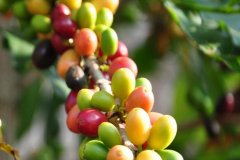
Comparison of the flavor and taste of Yega coffee by washing and sunbathing
For the exchange of professional baristas, please follow the coffee workshop (Wechat official account cafe_style) Product name: Yega Sheffield Congarde YirgacheffeKongaSede country: Ethiopia Ethiopia producing area: Yega Sheffield Conga YirgacheffeKo
- Next
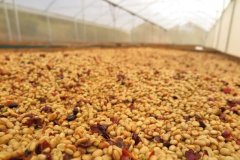
Costa Rican Red Honey treated Coffee introduction to COE Faramy Manor, Costa Rica
Professional coffee knowledge exchange more coffee bean information please follow the coffee workshop (Wechat official account cafe_style) Costa Rica Tobushi garden red honey treatment method hand flush temperature, grindness, powder than the suggested Columbia famous bean Faramy Manor brand new batch to come, this year is also very excellent, very clean and delicate sweet, if you like Columbia honey treated coffee, Faramy absolutely
Related
- Detailed explanation of Jadeite planting Land in Panamanian Jadeite Manor introduction to the grading system of Jadeite competitive bidding, Red bid, Green bid and Rose Summer
- Story of Coffee planting in Brenka region of Costa Rica Stonehenge Manor anaerobic heavy honey treatment of flavor mouth
- What's on the barrel of Blue Mountain Coffee beans?
- Can American coffee also pull flowers? How to use hot American style to pull out a good-looking pattern?
- Can you make a cold extract with coffee beans? What is the right proportion for cold-extracted coffee formula?
- Indonesian PWN Gold Mandrine Coffee Origin Features Flavor How to Chong? Mandolin coffee is American.
- A brief introduction to the flavor characteristics of Brazilian yellow bourbon coffee beans
- What is the effect of different water quality on the flavor of cold-extracted coffee? What kind of water is best for brewing coffee?
- Why do you think of Rose Summer whenever you mention Panamanian coffee?
- Introduction to the characteristics of authentic blue mountain coffee bean producing areas? What is the CIB Coffee Authority in Jamaica?

